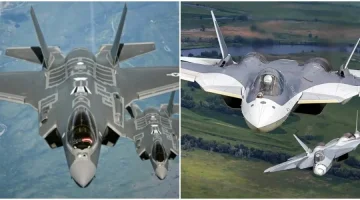- Views: 4K
- Replies: 48

The Indian Air Force (IAF) is facing a significant setback in its modernization plans as Hindustan Aeronautics Limited (HAL) will likely deliver only two Tejas Mark-1A fighter jets by the end of this fiscal year, instead of the anticipated 18. This delay is attributed to ongoing supply chain issues plaguing General Electric (GE), the manufacturer of the critical F404 engines that power the Tejas.
The Tejas Mark-1A, an advanced version of the Light Combat Aircraft (LCA) Tejas, represents a crucial step in enhancing India’s indigenous defence capabilities. A ₹48,000 crore contract was signed in February 2021 for 83 Tejas Mark-1A aircraft, with deliveries expected to commence by March 2024. However, GE's struggle to meet engine requirements due to supply chain bottlenecks has thrown a wrench in the plans.
Sources reveal that GE can currently provide only two F404 engines, enough for just two Tejas Mark-1A jets. This shortfall leaves the IAF facing a considerable gap in its combat preparedness schedule, as the service was banking on the 18 jets to bolster its frontline squadrons.
"India will be receiving these two engines, allowing HAL to produce and deliver only two aircraft to the IAF by March 2025," sources confirmed. This delay raises concerns about the IAF's wartime preparedness, as the Tejas Mark-1A fleet was intended to play a crucial role in strengthening its operational capabilities.
While HAL is not directly responsible for this setback, the company now faces the challenge of adjusting its production timeline. The delayed supply of F404 engines could also impact delivery targets in the coming years if the supply chain issues persist.
This situation highlights the complexities of modern defensc procurement and the reliance on global supply chains. It underscores the need for diversification and strengthening domestic manufacturing capabilities to mitigate such risks in the future.
Indian Ministry of Defence (MoD) recently clarified that no penalties have been imposed on General Electric (GE) for delays in the engines deliveries. However, reports indicate that Prime Minister Narendra Modi and Defence Minister Rajnath Singh have raised the issue with US officials during recent visits, emphasizing the urgency of resolving the engine delivery delays.


